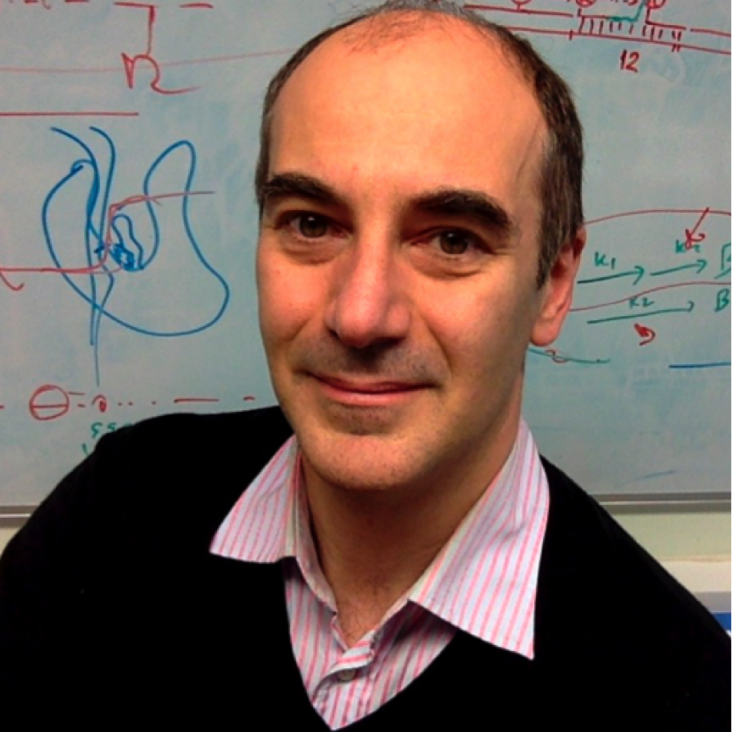Optimized delivery of fluorescently labeled proteins in live bacteria using electroporation
Histochemistry and Cell Biology Springer Nature 142:1 (2014) 113-124
Correction
Biophysical Journal Elsevier 106:9 (2014) 2082
Visualizing Protein-DNA Interactions in Live Bacterial Cells Using Photoactivated Single-molecule Tracking
Journal of Visualized Experiments MyJove (2014) 51177
Visualizing Protein-DNA Interactions in Live Bacterial Cells Using Photoactivated Single-molecule Tracking
Journal of Visualized Experiments MyJove (2014)
Visualizing protein-DNA interactions in live bacterial cells using photoactivated single-molecule tracking
Journal of Visualized Experiments (2014)


